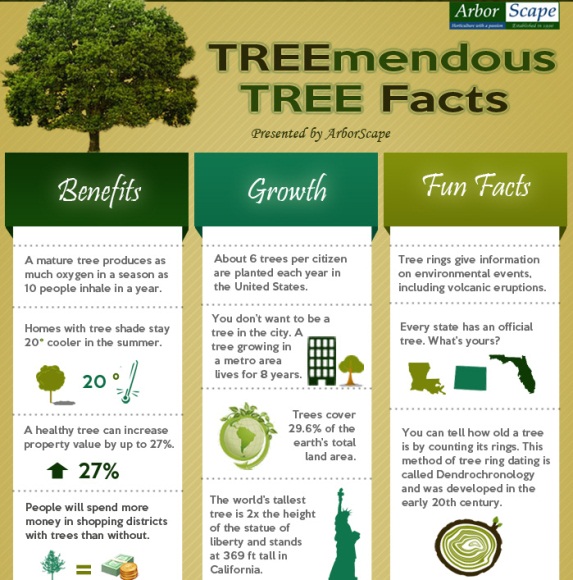When it involves seasonal tree care, guaranteeing correct administration before and after removal can substantially impact the health and wellness and visual appeals of your landscape. By recognizing the needed actions associated with evaluating tree health and preparing for removal, you can proactively guard your residential or commercial property. However what regarding the vital methods to comply with once the tree is gone? Keep tuned to uncover the essential post-removal care measures that will certainly help you cultivate a growing and sustainable atmosphere for your trees.
Pre-Removal Tree Treatment
Prior to dealing with the removal of a tree, it's critical to focus on pre-removal tree treatment. Beginning by assessing the tree's wellness and structural integrity. Seek signs of disease, pest invasions, or any type of architectural issues that may present a safety and security threat throughout removal. It's vital to consult with a qualified arborist to establish the best strategy.
Pruning dead or unhealthy branches can stop further damage to the tree and guarantee a smoother elimination procedure.
Furthermore, consider official source of removing the tree. Trees play an essential role in our environment, so growing a new tree in an ideal area can aid offset any kind of loss. Make sure that you have the necessary permits and permissions for tree elimination, especially if the tree is secured by local policies.
Seasonal Maintenance Tips
Analyzing your tree's needs throughout the year is important for its wellness and long life. To keep your trees in leading problem, adhere to these seasonal upkeep suggestions.
In springtime, concentrate on pruning to eliminate dead or damaged branches and encourage brand-new development.
Summertime requires routine watering, especially throughout droughts, to ensure your tree remains hydrated.
As loss approaches, watch out for very early indications of condition or anxiety, and consider using compost to secure the roots throughout winter.
In winter, be cautious when getting rid of snow from branches to stop damage, and continue to monitor your tree's general health and wellness.
Keep in mind to adjust your treatment regular based on the certain demands of your tree varieties and regional climate. By remaining mindful and proactive throughout the seasons, you can help your trees flourish and grow for several years to find.
Post-Removal Tree Care
To make sure the health and wellness of your landscape also after tree elimination, proper post-removal treatment is important. After a tree is gotten rid of, it's crucial to fill the continuing to be hole with topsoil and small it to prevent settling. This will aid keep the honesty of the ground and prevent prospective risks in the future.
Consider planting brand-new greenery in place of the eliminated tree to recover the balance and looks of your landscape. Consistently water the location to promote the development of brand-new plants and avoid soil erosion.
Examine the bordering trees for any type of signs of illness or tension that may have been brought on by the removed tree. Watch out for Read Far more that may've been attracted to the previous tree and take safety nets to protect the remaining plants.
If needed, speak with https://bestwaytoburntreestumps06273.ttblogs.com/9841986/tips-for-picking-the-most-appropriate-tree-removal-service-for-your-circumstance to analyze the impact of the removal on the surrounding trees and determine any kind of additional treatment required. By following these post-removal care actions, you can guarantee the continued health and wellness and beauty of your landscape.
Verdict
In conclusion, proactive seasonal tree treatment is crucial for maintaining the wellness and equilibrium of your landscape. By examining tree wellness, trimming, and talking to an arborist before removal, you can make certain a secure procedure. After removal, loading the hole, planting new plant life, and regular watering will certainly promote brand-new development and avoid disintegration. Bear in mind to inspect bordering trees for illness and seek further care procedures from an arborist to keep your landscape thriving.
